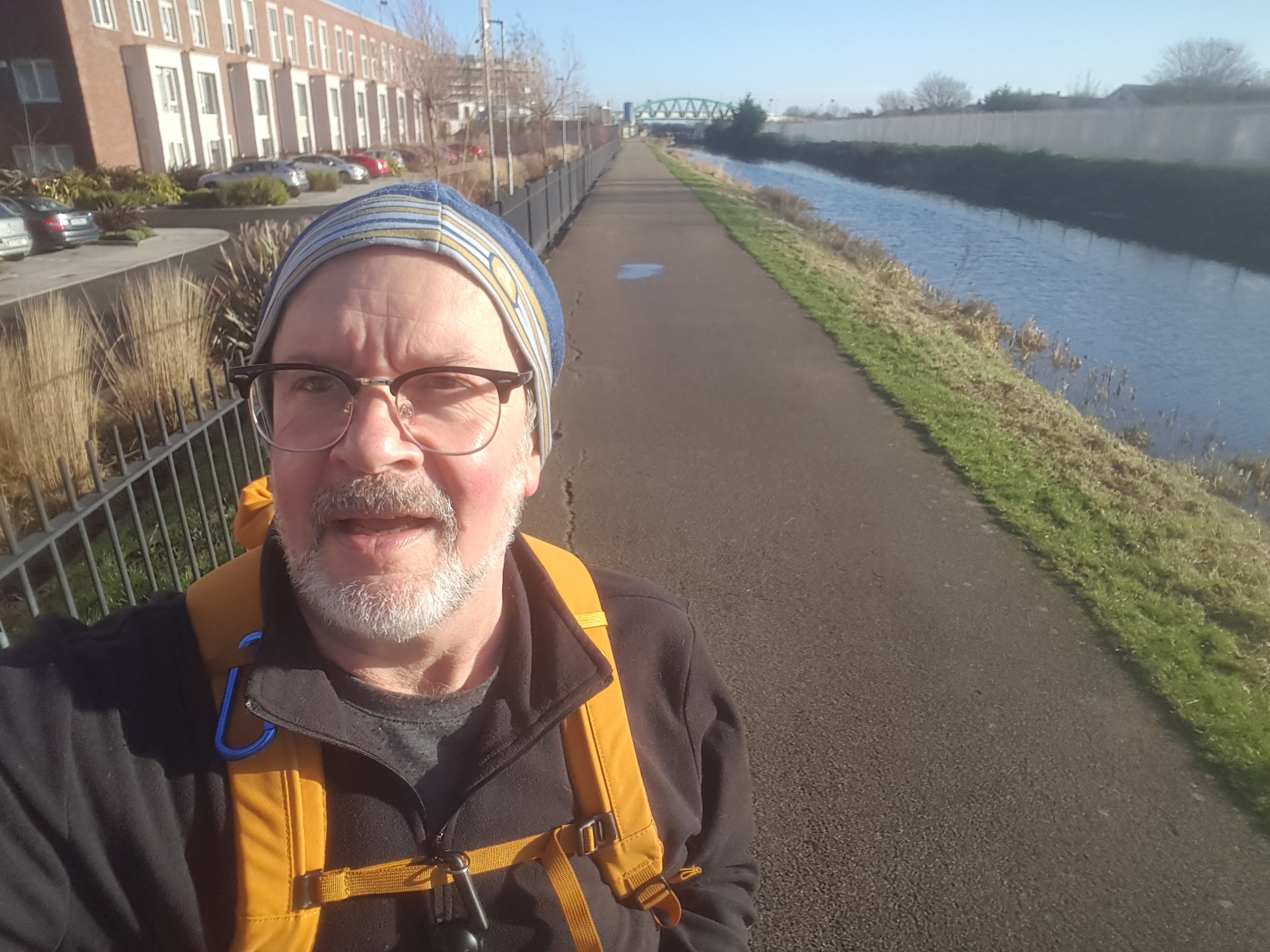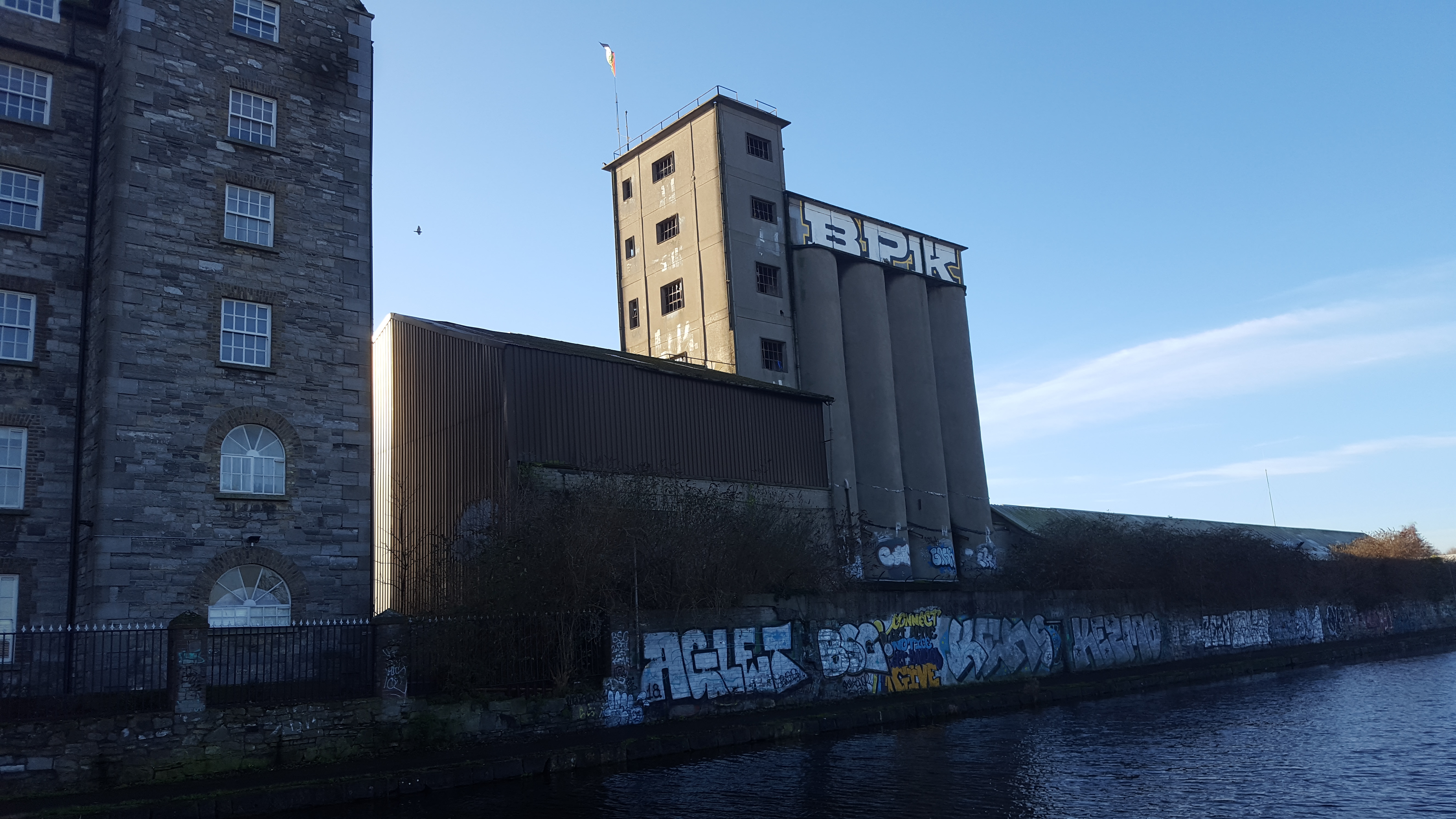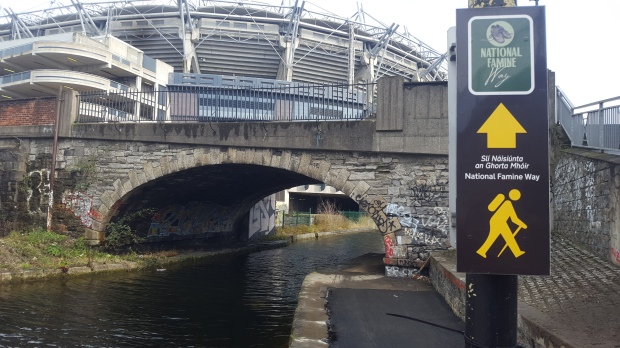Since arriving in Dublin, I often stumble across reminders of how the Irish were also a colonized people. Sometimes it’s graffiti: “Royalists not welcome,” scrawled on brick. Sometimes it’s living culture, the fact that Irish (the traditional Gaelic) is an official language, but so few Irish students, at least in Dublin, can speak it. While walking along the Royal Canal I came across bronze shoes (below) commemorating the “National Famine Way.” This marks the 19th century families forced, starving, toward Dublin Harbour. Once there they shipped out on British “coffin ships” in hopes of a better life in Quebec and other destinations. Ireland and Quebec are bound together in many ways.
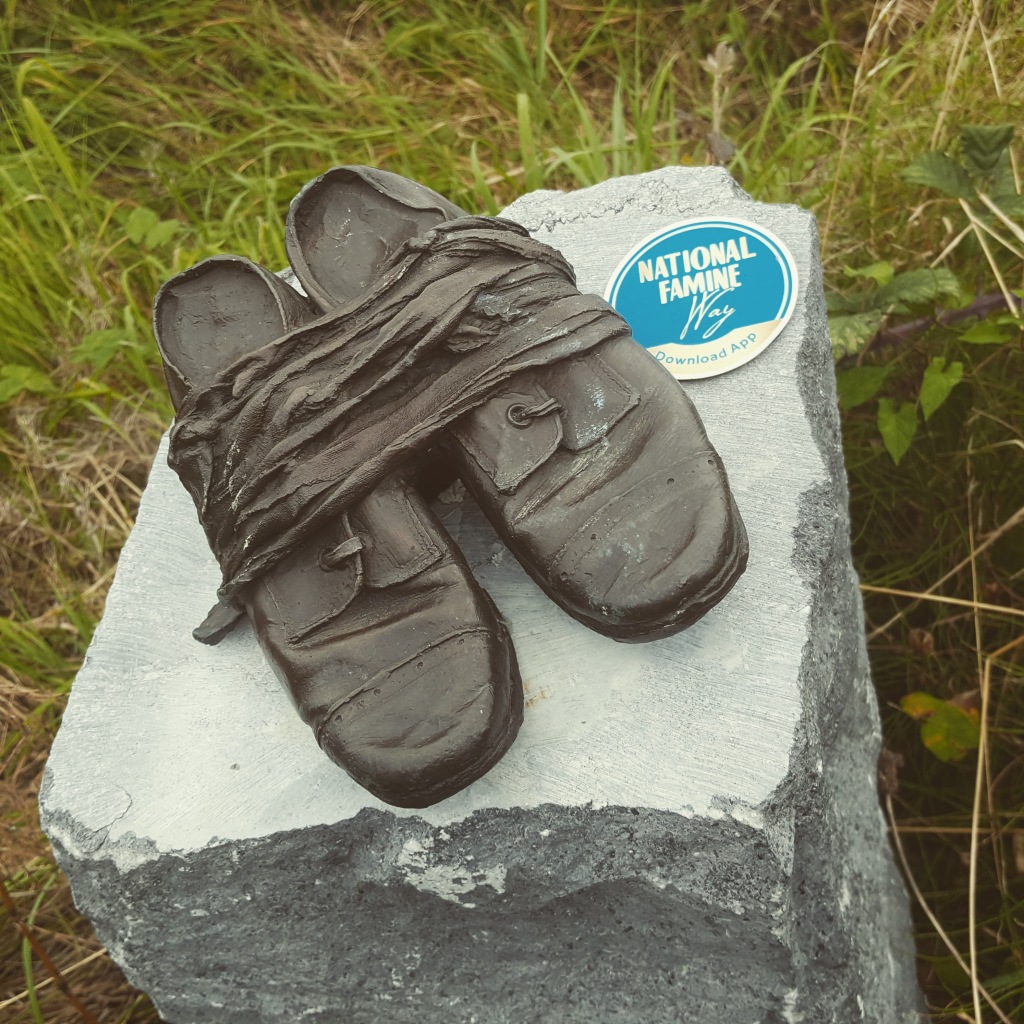
History is thick here. Last week on my way to the dentist I was surprised by another example. This is Croke Park behind me. Even though our apartment is a kilometre away, when 80 thousand fans are cheering a Gaelic games competition, you can hear it loud and clear from our living room.
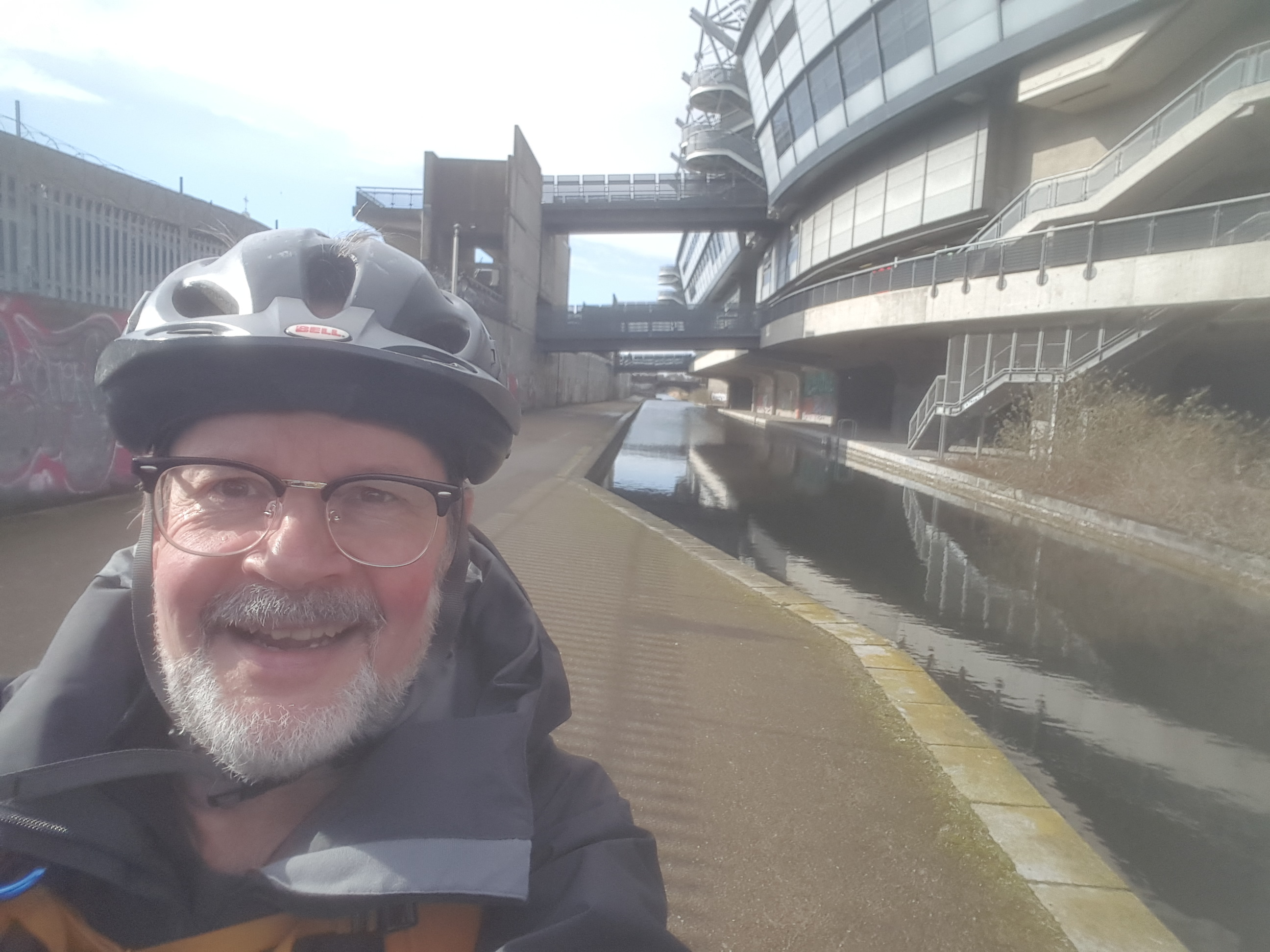
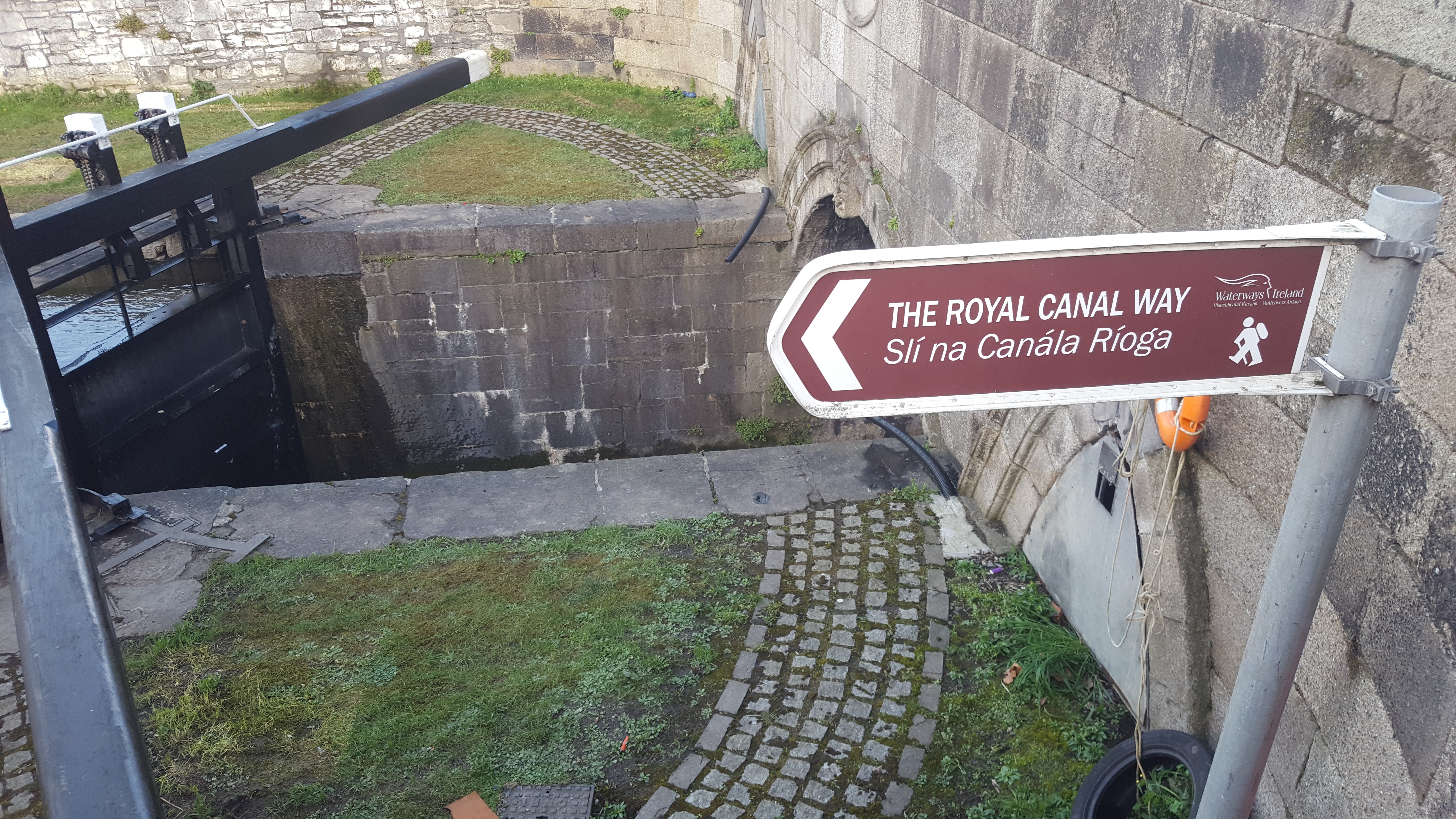
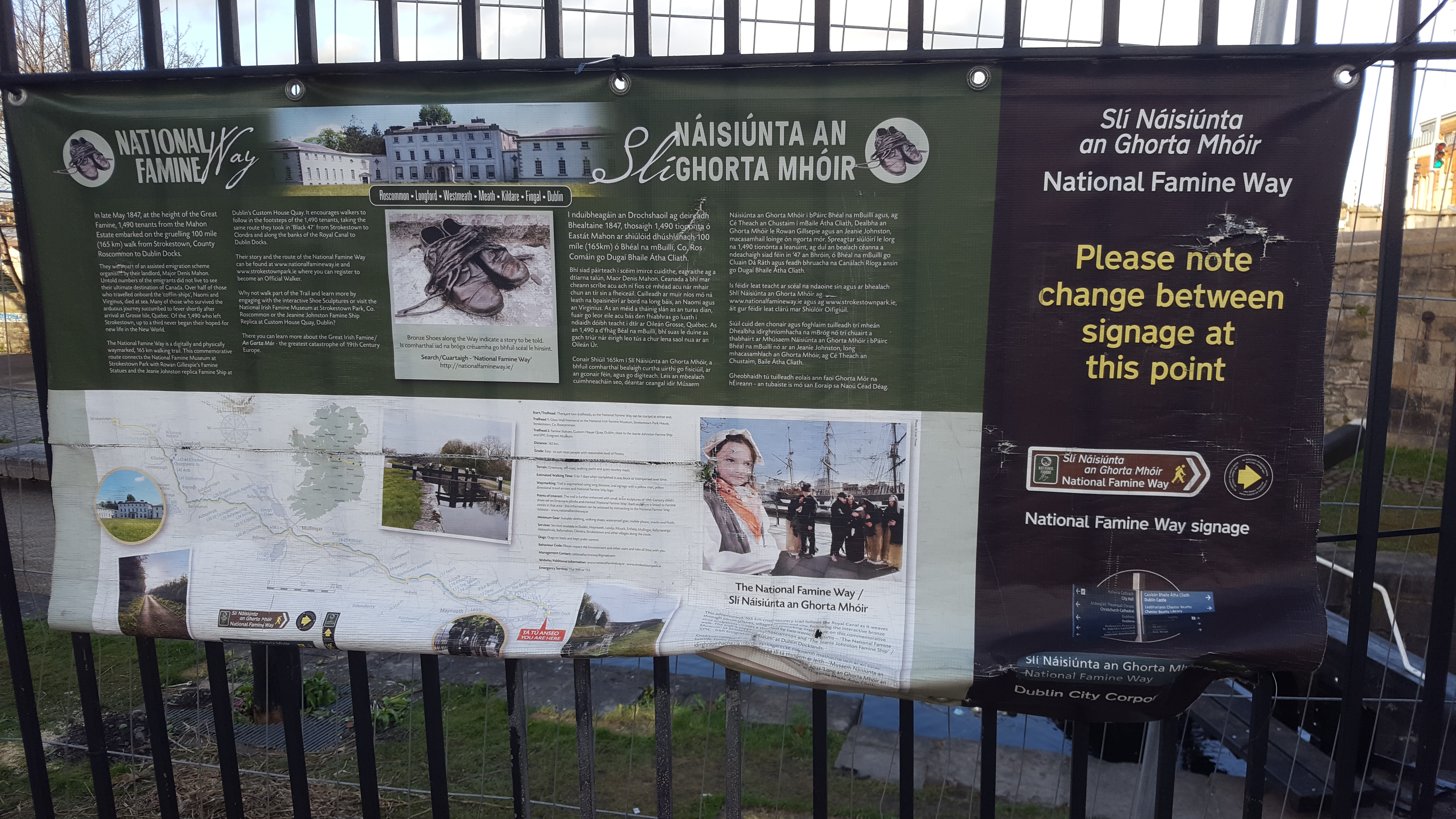
Croke Park (Croker, to the locals) didn’t always look like a spaceship. On November 21st, 1920, the stadium was the scene of Bloody Sunday (Irish: Domhnach na Fola). In reaction that morning’s assassination of British intelligence operatives, British soldiers and auxiliaries opened fire indiscriminately on players and spectators at an afternoon Gaelic football match. Fourteen people were killed and at least 60 injured. As with settler-Indigenous history where I was born, imperialism is always violent. Bloody Sunday remains a crucial moment in Irish history.
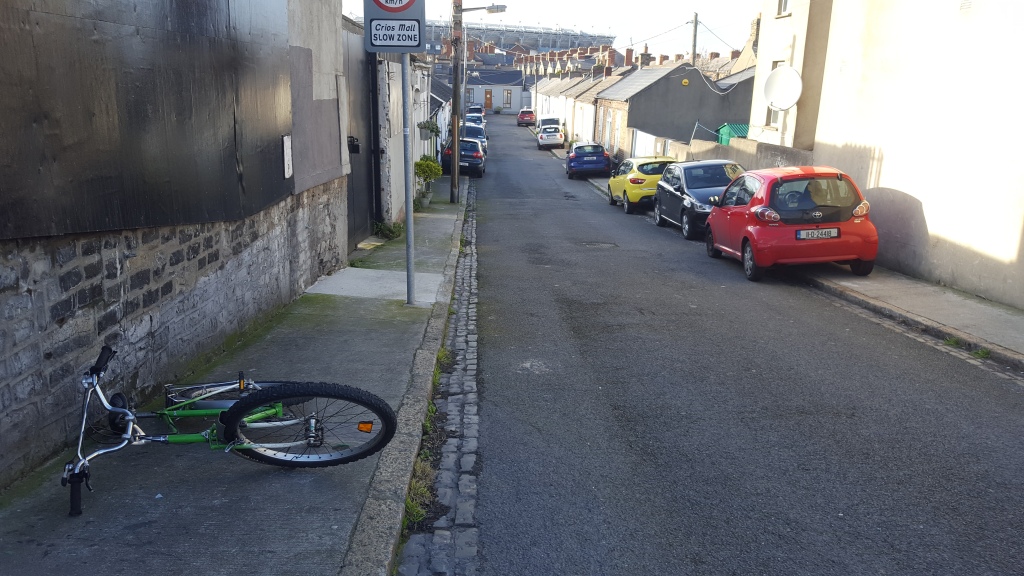
There are spots like this all over Dublin, Ireland, and Northern Ireland, places where the land is marked by tragedy, hate, and death. In 2020, a century after the horrific events, this little stone bridge beside Croke Park was renamed “Bloody Sunday Bridge.”
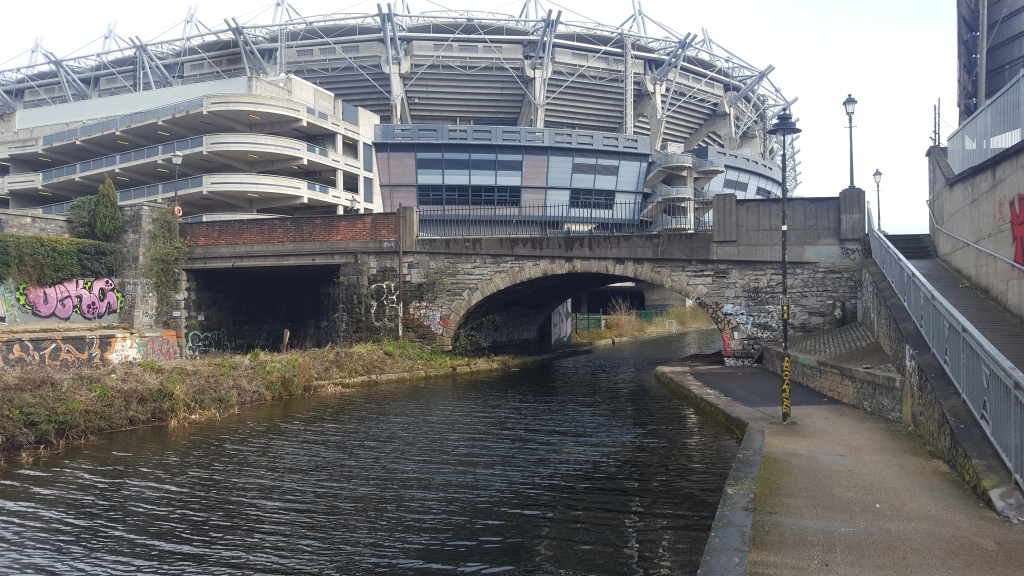
The Royal Canal can be a bit rough here (another good reason for biking this section). But when I stopped and went up for a minute to pay my respects on the bridge, people were walking back and forth to their business at Croker. The Irish seem to be good at this kind of redemption. They don’t hide the past but build new and better on it just the same. During the pandemic Croke Park was turned into North Dublin’s vaccination site.
Where once lives were lost by hate, they are being saved by how the Irish care for themselves and their neighbours, even those from elsewhere.
Like me.
